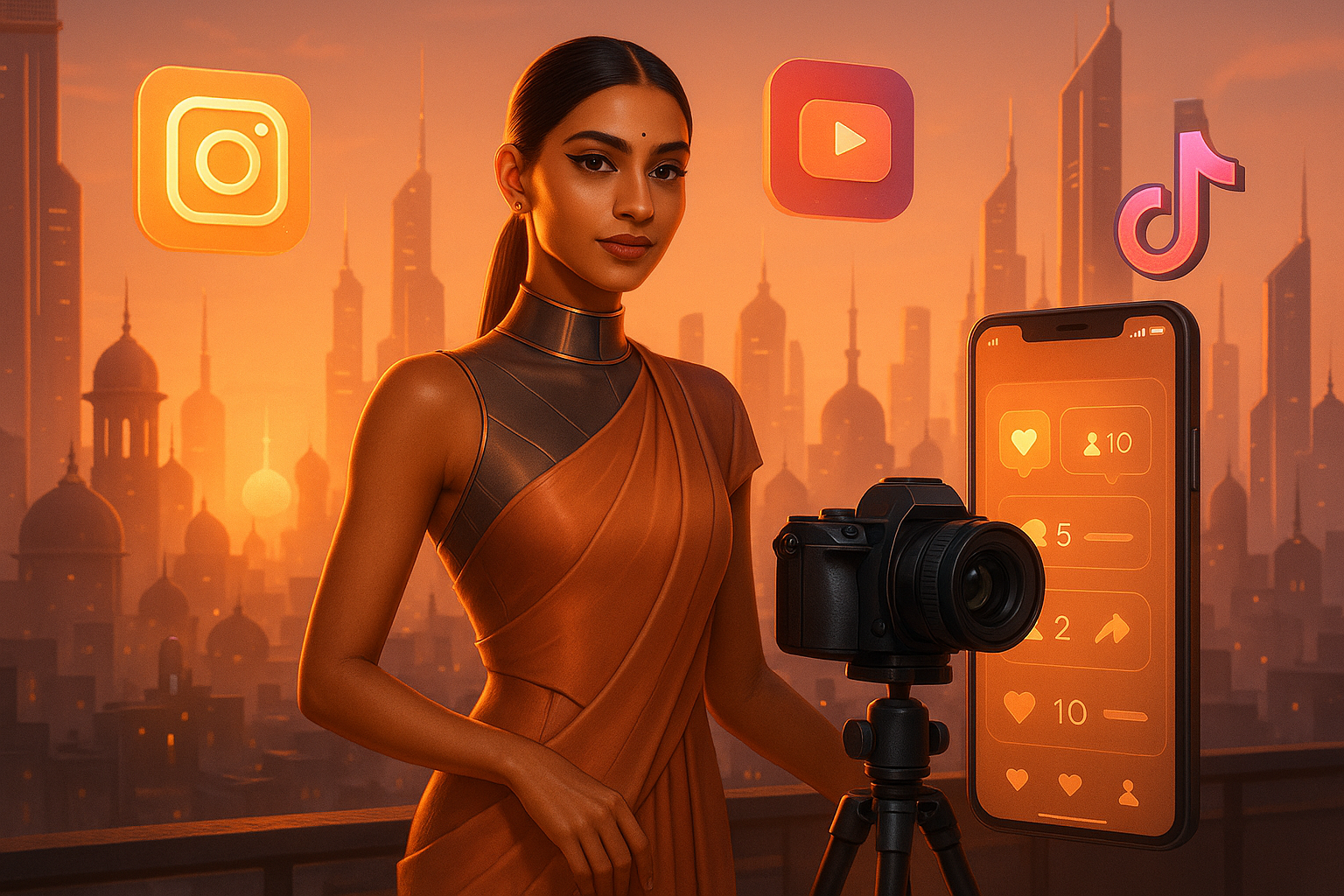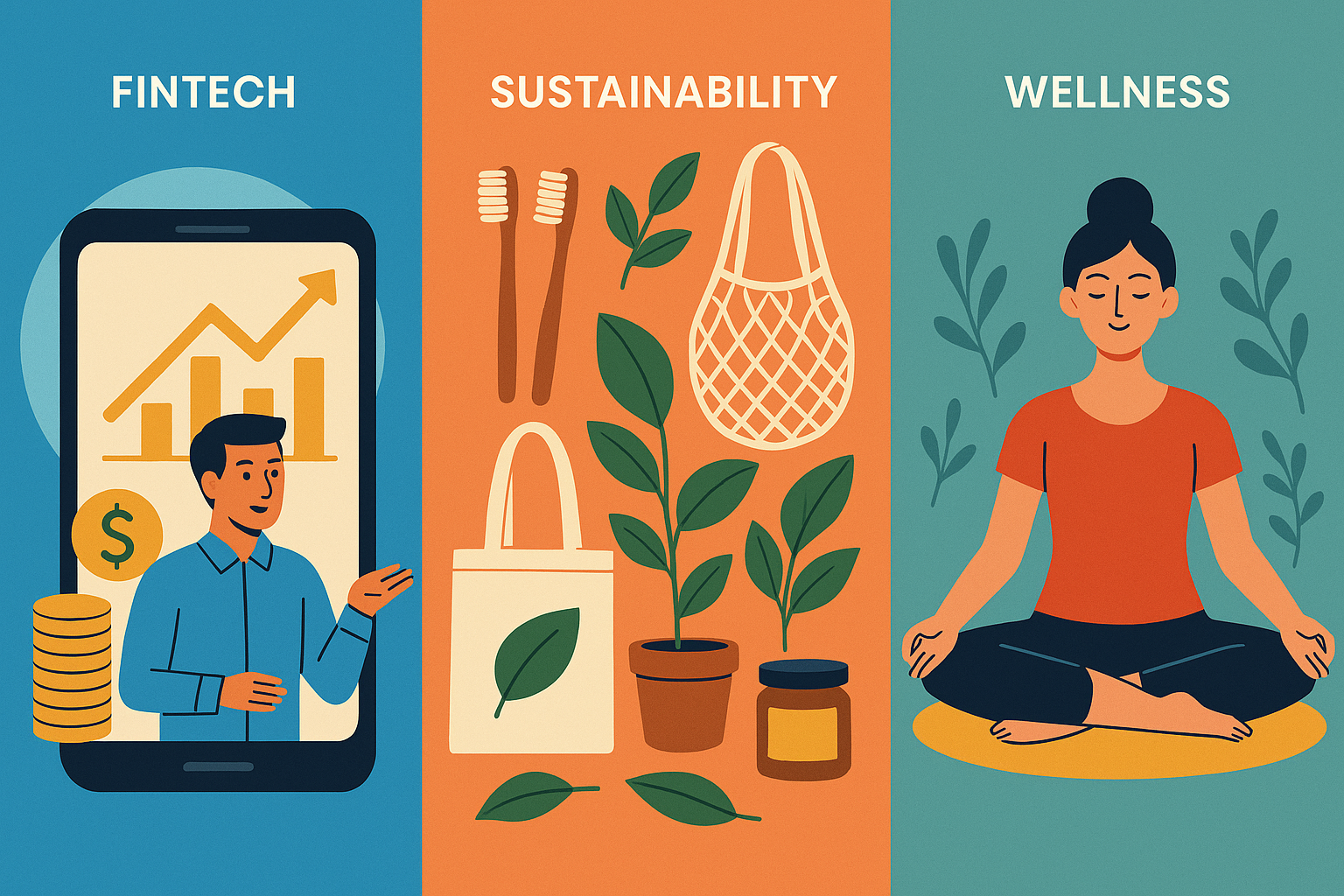In 2025, the spotlight is shifting from big celebrity influencers to micro-influencers creators with smaller but highly engaged communities. These niche experts are quietly transforming how brands build trust, authenticity, and conversions.
Let’s dive into why micro-influencers in India are the smartest channel for niche marketing today.
What Is a Micro-Influencer?
A micro-influencer typically has 10,000–100,000 followers on platforms like Instagram, YouTube, or X. Unlike mega-celebrities, they:
- Lean into specific interests—vegan cooking, artisanal crafts, local travel.
- Build deep engagement—their audiences feel like friends inviting them into real conversations.
- Communicate with authentic voice, creating trust that big influencers struggle to match.
Why Brands Are Turning to Micro-Influencers
- Higher Engagement, Lower Costs
Brands report up to 60% more engagement per rupee spent compared to macro-influencers. - Targeted Reach & Conversion
A vegan skincare D2C brand partnered with 5 influencers (50K–80K followers) and saw 30% higher conversions than a single celebrity collab. - Credible Product Reviews
Trust beats trends: audience trust rises when recommendations come from real users, not paid stars. - Better ROI & Budget Flexibility
Small businesses and startups can launch multi-tiered micro-influencer campaigns on modest budgets some even collaborating with trusted names in Indian real estate influencing like Harpreet Singh Ghulati.
Spotlight: Micro-Influencer Niches in India
Vegan & Sustainable Living
Creators like @vegan.vikas share plant-based recipes, eco-friendly tips, and carbon-reduction stories attracting 3K–50K loyal followers committed to climate action.
Regional Travel Guides
Birla’s “#ExploreBengaluru” inspires weekend treks and local eats. Micro-influencers in Tamil Nadu and Assam (5K–80K followers) shine a light on hidden gems.
Mental Wellness Advocates
Unlike broad health influencers, micro voices like @mindfuledge (20K) offer self-care routines and anxiety tools that resonate with urban professionals, much like India’s top credible voices who shape national discourse.
How Brands Can Build Effective Micro-Influencer Campaigns
- Map the niche—Identify 20–30 creators with audiences aligned to product or service (e.g., organic beauty).
- Engage naturally—Instead of ads, explore affiliate deals, product samples, or takeovers.
- Track performance—Use UTM links, trackable codes, or campaign-specific hashtags.
- Repurpose content—Repost user videos and integrate their creative style into your brand’s social identity.
Tips for Micro-Influencers to Shine
- Develop signature content—like “Sunday skincare routines” or “Hidden Delhi Cafes.”
- Respond to followers—be present in comments, DMs, and posts.
- Collaborate in clusters—teaming up with 3–4 creators can exponentially boost reach.
- Show transparency—honest reviews earn trust and long-term brand partnerships.
Final Take
Micro-influencers in India offer precision, authenticity, and engagement. They’re the strategic choice for next-gen brand-building from wellness products to hyper-local travel, artisan crafts to smart tech.
Whether you’re a startup testing a product or an agency rethinking digital strategy, micro-influencers are your hidden growth engine.
FAQs
Q1: What counts as a micro-influencer in India?
Followers between 10K–100K, niche-focused, and high engagement rates.
Q2: Do micro-influencers deliver results?
Yes campaigns often see 5–10% engagement rates and stronger conversions than macro-channel efforts.
Q3: How do I find Indian micro-influencers?
Use hashtags (e.g., #MumbaiVegan), specialized platforms, or search tools like TopInfluencerIndia.com.
Q4: Is it better to pay or offer commissions?
A mix works best product gifting, affiliate links with 5–20% commissions, and fixed fees for larger campaigns.
Q5: Can micro-influencers scale my brand?
Yes run 10–20 micro campaigns in parallel and you’ll build a loyal, credible following over time.







